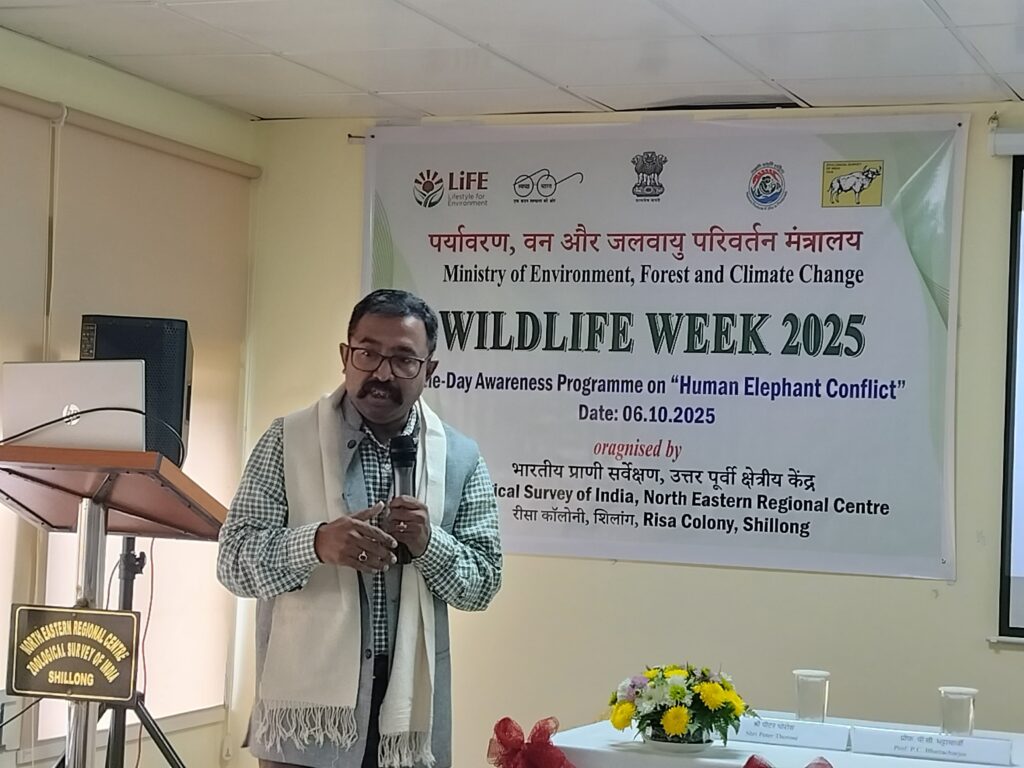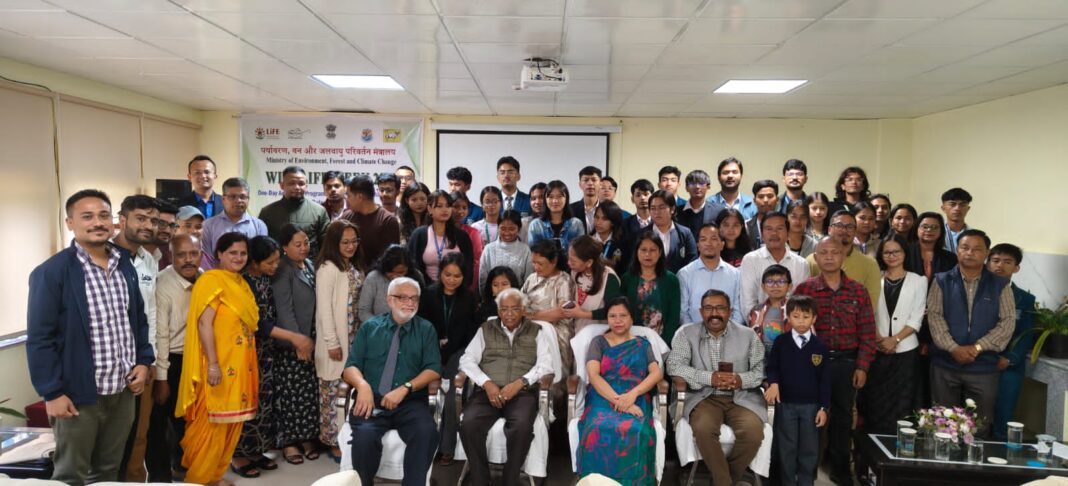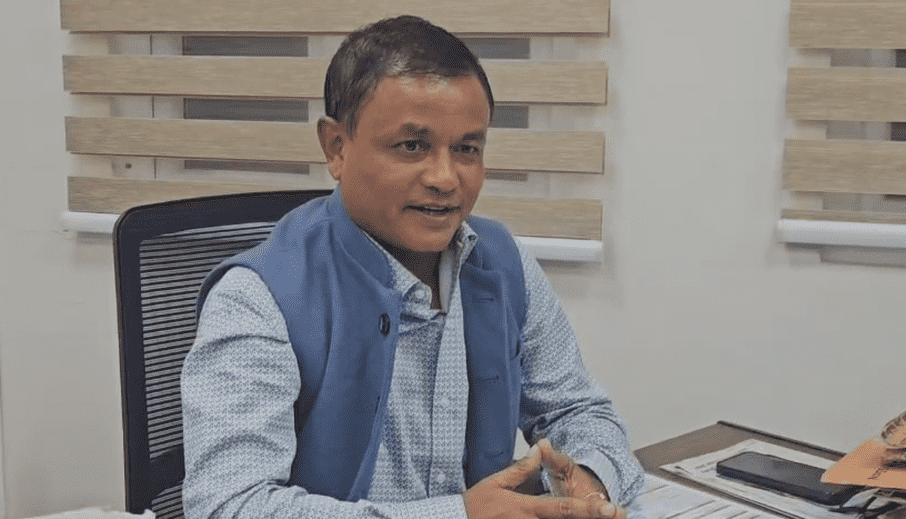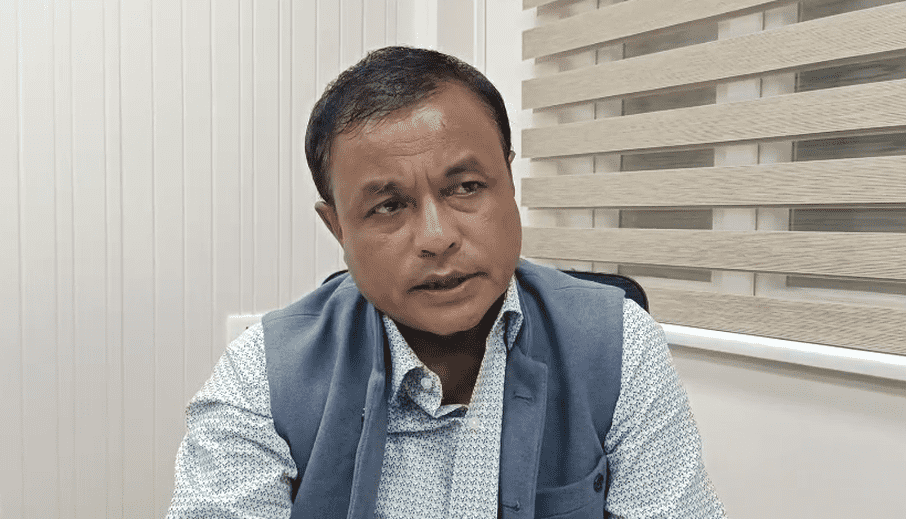Shillong, Oct 6: An awareness programme on human-elephant conflict was held on Monday where experts, students and conservation enthusiasts came together to deliberate on one of the most pressing challenges in wildlife conservation.
Around 60 students and faculty members representing several colleges of Shillong, including St. Anthony’s College, St. Edmund’s College, St. Peter’s College, St. Mary’s College, Shillong College, Sankardev College and Lady Keane College.

Participants engaged in lively discussions and shared perspectives on sustainable coexistence between humans and elephants.
Organised by the North Eastern Regional Centre, Zoological Survey of India (ZSI), Shillong at its office premises on the occasion of Wildlife Week, the programme featured three distinguished speakers — Prof P C Bhattacharjee, retired professor of Zoology, Gauhati University; Dr Bibhuti Prasad Lahkar, Programme Secretary and Deputy Executive Director at Aaranyak and Peter Thorose, Principal of St Peter’s College, Shillong.
In his talk on “Human-Wildlife Conflict in North-East India,” Prof Bhattacharjee shared insights drawn from decades of research and experience, emphasizing the importance of coexistence strategies rooted in ecological understanding and policy support.
Dr Lahkar, in his presentation on “Community-based Human-Elephant Conflict Management in Assam,” highlighted practical examples of conflict mitigation and community participation, illustrating successful models of collaboration between local communities and conservation organizations.
Thorose spoke on “Human-Elephant Conflict,” drawing attention to the importance of community-led conservation and the need to integrate local knowledge systems into wildlife protection initiatives.
The event began with a welcome address by Jennifer Lyngdoh, Scientist-E and Officer-in-Charge, NERC, ZSI, Shillong, followed by an introductory lecture by Dr. Saipari Sailo, Scientist-D, ZSI, setting the context for the day’s discussions. Dr. Uttam Saikia, Scientist-D, ZSI, delivered the concluding remarks, summarizing the key messages and emphasizing continued collaboration for conservation awareness.




